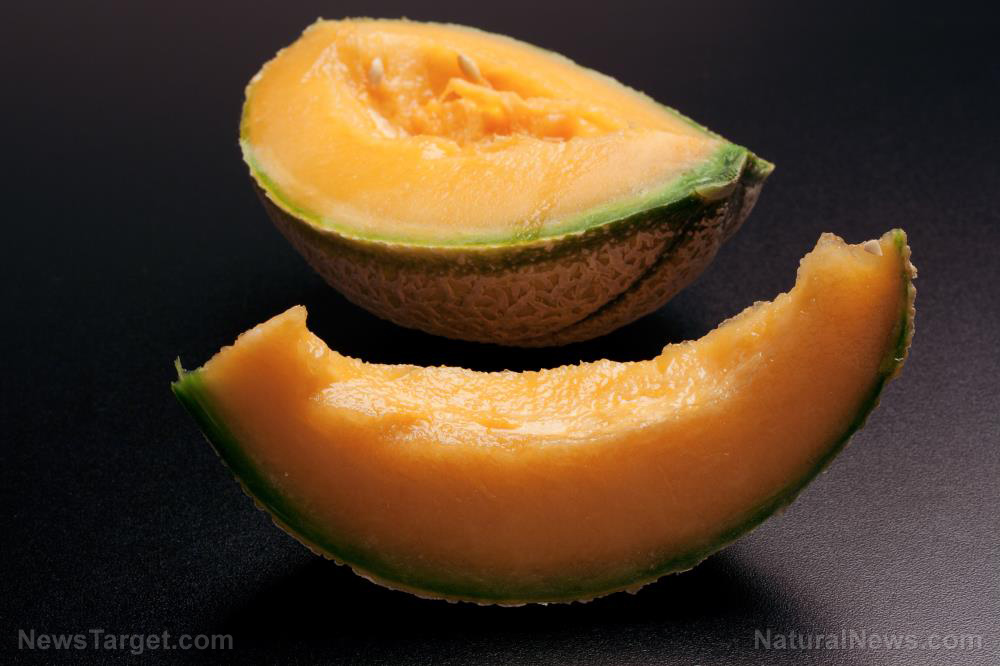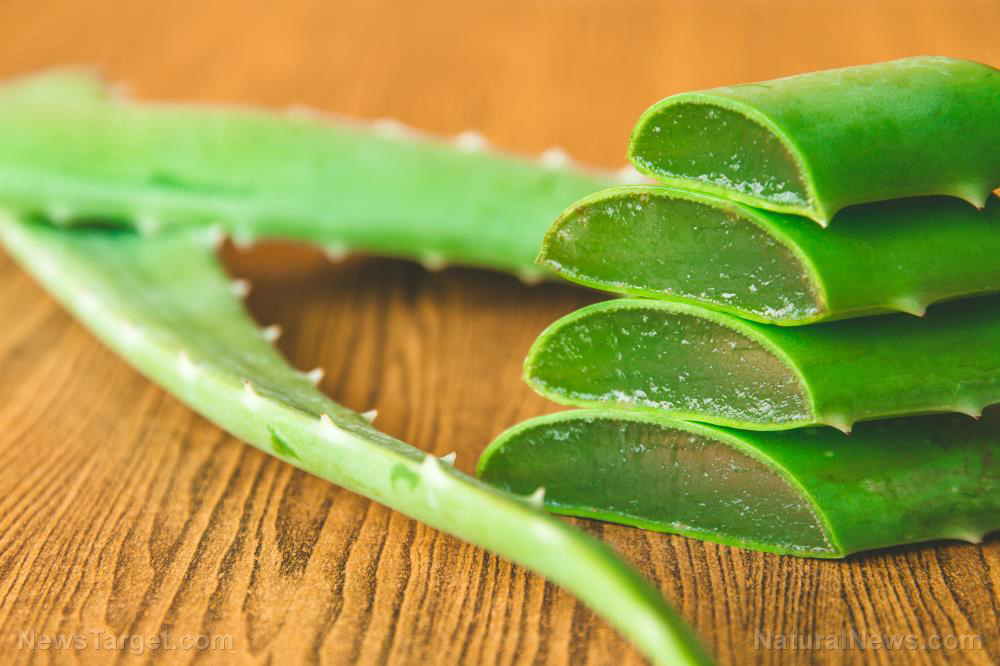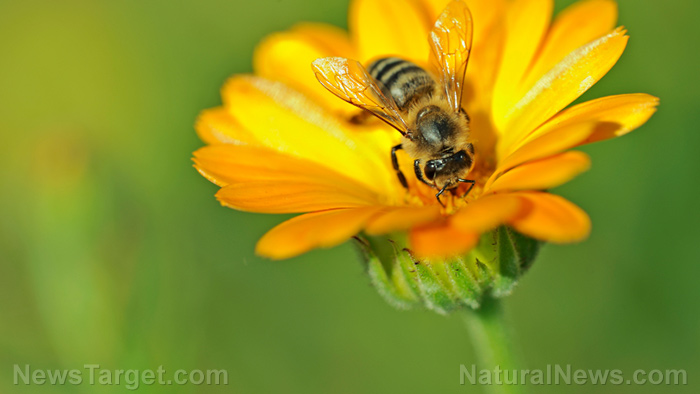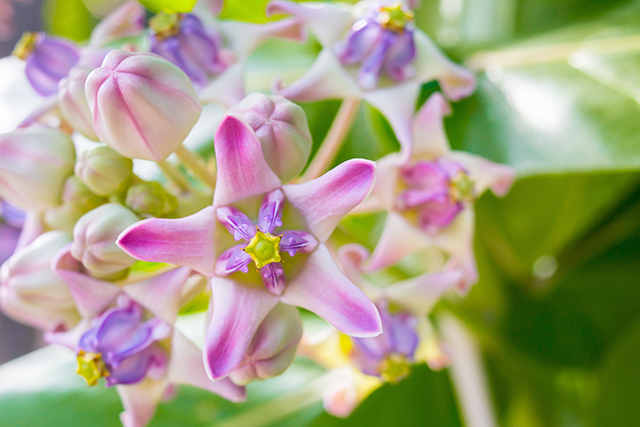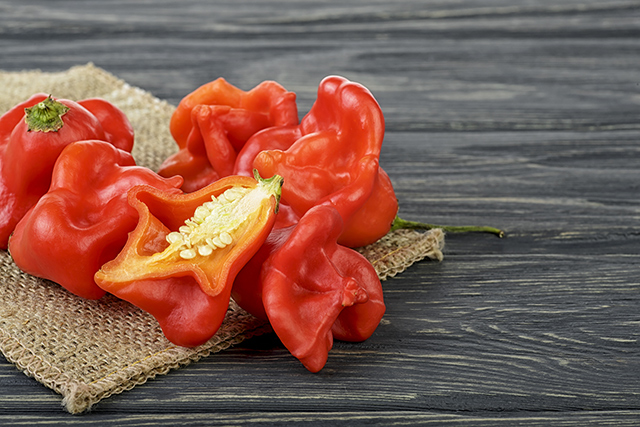The language of Nature: Plants communicate with each other to send alerts about incoming pests
10/27/2020 / By Virgilio Marin
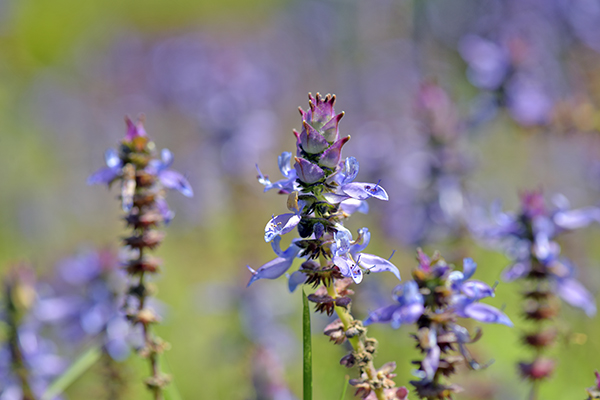
When they’re under attack, plants send warning signals, says a recent study published in Current Biology. These signals come in the form of airborne natural chemicals, called volatile organic compounds (VOCs), which alert neighboring plants to a threat.
But this is not merely an altruistic act, suggested researchers. It’s mutually beneficial as the receiving plants also emit these chemical defenses back, which compel the invading pest to leave the area. What’s more, genetically different plants emit VOCs that become more similar when plants are exposed to a threat.
“So, they kind of converge on the same language, or the same warning signs, to share the information freely,” said Andre Kessler, a professor of ecology and evolutionary biology at Cornell University.
Plant communication is mutually beneficial
Goldenrod, a genus of several species of flowering plants in the aster family, is one of the plants known to communicate by releasing VOCs when they’re under attack. But it’s still unclear what drives plants to emit the chemicals. The act might not be intentional at all, a byproduct of leaf damage. On the other hand, it could be purposely done as a matter of survival.
There are two prominent hypotheses for the latter. The kin selection hypothesis states that the emitting plant indirectly benefits from releasing VOCs as genetically related plants in the vicinity have a higher chance of survival. This boosts the reproductive success of its kind. Meanwhile, the mutual benefit hypothesis posits that the emitting plant directly benefits from the signaling as the preemptive chemical defenses launched by all its neighbors, whether of close kin or not, result in a hostile environment that drives the invading pest away.
The researchers wanted to test these hypotheses, and to do so, they experimented on one goldenrod species, Solidago altissima. They grew two sets of plants, one of which descended from goldenrods that were routinely sprayed with insecticides. Then, the plants were exposed to beetles.
Results seemed to support the two hypotheses. The VOCs emitted by the insecticide group induced responses only from genetically identical goldenrods – consistent with the kin selection hypothesis. On the other hand, the VOCs emitted by goldenrods whose predecessors were not sprayed with insecticide induced responses from all the other goldenrod plants near them, including plants that weren’t genetically identical to them – consistent with the mutual benefit hypothesis.
Upon further analysis, the researchers found that the receiving plants gave off the same chemical signals regardless of whether they were genetically identical to the emitter plant or not. In turn, higher amounts of VOCs could benefit plants under attack by providing either a stronger deterrent against an invading insect or a stronger attraction for its natural enemies.
“The exchange of information becomes independent of how closely related the plant is to its neighbor,” said Kessler. He added that the goldenrods went through chemical and metabolic changes in a bid to repel attackers. “It’s very much like our immune system: though plants don’t have antibodies like we have, they can fight back with pretty nasty chemistry.”
However, this “open-channel communication” seemed to occur only among the plants with a history of herbivory – the insecticide group did not display such signal convergence. Instead, they kept a private channel among their closest kin. For this reason, the researchers said that plant-to-plant communication likely evolved out of the threat posed by insect herbivory. (Related: Plants saving plants: A mixture of plant extracts and emulsifiers found to suppress disease-causing fungus.)
The findings of the study could have practical applications in agriculture. According to Kessler, plant-to-plant interaction has been explored before to find new methods of crop protection. Learning how to use VOCs effectively could help turn on the natural defenses of plants and crops.
Sources include:
Tagged Under: agriculture, chemical signals, cool science, discoveries, Ecology, environment, kin selection hypothesis, mutual benefit hypothesis, plant communication, VOCs, volatile organic compounds
RECENT NEWS & ARTICLES
Natural.News is a fact-based public education website published by Natural News Features, LLC.
All content copyright © 2018 by Natural News Features, LLC.
Contact Us with Tips or Corrections
All trademarks, registered trademarks and servicemarks mentioned on this site are the property of their respective owners.






